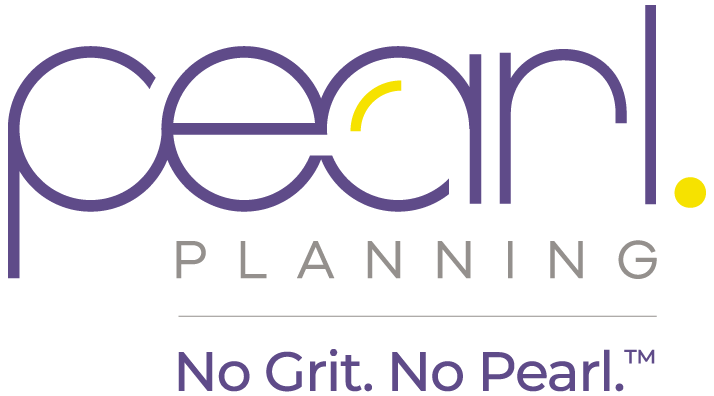Open enrollment is a once-a-year window where employees with benefits get the opportunity to sign up for the benefits for the following year. We’re in the heart of open enrollment season now.
Unfortunately, open enrollment is coupled with harried workers who lack the time and knowledge to ensure effective decisions. If open enrollment leaves you stressed with more questions than answers, you’re not alone:
- 49% of employees report being very stressed during open enrollment [SOURCE: Society for Human Resource Management, 9/26/2016, “Employees Feel Dazed and Confused by Benefit Choices”]
- In the same survey, 20% of employees regretted their open enrollment choices. More than 90% of employees keep the same choices from year-to-year [SOURCE: Aflac Survey sited on CNBC, 11/11/2017, “What to Watch Out for During Open Enrollment”]
So, we know you’re stressed, and unless there’s a special place in your heart for a cumbersome enrollment process, you’re likely not fond of the process. Here are some important reminders to help you maximize your benefits and minimize enrollment stress.
Take the enrollment process off auto-pilot.
We know it would be easier to sign up for everything the same way you did last year, but that’s not necessarily right. Commit to reviewing all your benefits based on your current circumstances! Moreover, schedule a time now where you will review your benefits without distraction and appropriate time to get things done. Make sure you give yourself plenty of time before the deadline and include your spouse or partner if it’s appropriate to coordinate your benefits.
Increase your retirement savings.
Few Americans are maximizing their retirement savings and that’s understandable. Steady increases over time or at least annually can help to fund your retirement savings gap. This is a benefit that needs regular attention!
Carefully evaluate your medical plan choices.
If you have insurance choices, evaluate your options for your family including whose plan should have dependents if married to a partner who also has enrollment options. Only those who enroll in high deductible plans can also contribute to Health Savings Accounts (HSA’s). While high deductible plans are not for everyone, HSA’s are the darling of many financial planners for their flexible tax advantages and potential to fund health care needs in retirement or in the case of a job disruption.
Don’t scrimp on disability insurance.
If you have access to disability insurance, consider selecting the maximum allowable benefits when there is a choice for long term disability. If you are self-employed or don’t have access to disability coverage, discuss your needs with your financial planner or an insurance professional!
Make sure you’re receiving appropriate life insurance coverage.
Benefits often include life insurance equal to your annual salary or a multiple thereof. Keep in mind that employer coverage alone may not be adequate to meet your family’s needs in the event of a tragedy. Careful analysis of your personal circumstances is warranted to understand your specific life insurance needs.
Make sure to coordinate your benefit decisions with your overall financial plan.
Employee benefits are an important component of an employee’s personal financial game plan, but it is not the only part. Looking at benefits as adequate coverage without thoughtful consideration is often unwise. Partnering with a financial planner to review your benefits as well as your overall financial situation is invaluable. Don’t get sidetracked or distracted and miss out on the benefits and impact of financial planning.
Your benefit selections are unique to you. Best of luck through the open enrollment process. If you find yourself questioning your decisions or lacking time to get it done, lean on the resources of a financial planner. Don’t know where to start? Contact us today.

